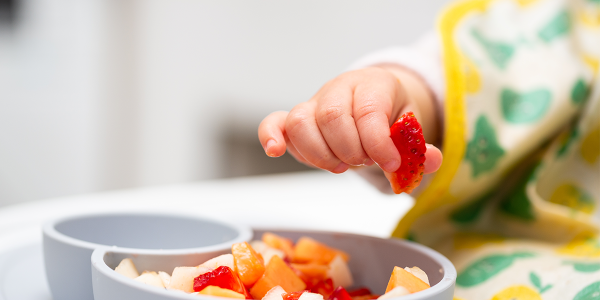Ask HELLO. Food in the Sensory Table

You are here
 NAEYC’s HELLO online forum is a great place to have conversations and create connections with peers around important early learning issues.
NAEYC’s HELLO online forum is a great place to have conversations and create connections with peers around important early learning issues.
Excerpts from HELLO have been edited for style and length.
Question
I work in a diverse, school district-based program. About 10 years ago, our early learning community adopted a policy prohibiting food in the sensory table because of food scarcity and because some foods, like rice, are sacred in some cultures. Now, some of the teachers in our program want to repeal the policy because of the cost and ease of using food. They also say it’s difficult to replicate the sensory experience. What do you think?
—Kim, Minnesota
Answers
We’ve had this discussion for years and ultimately decided to allow rice and lentils as the only food materials for sensory play. We provided each classroom with one bulk bag of rice, and it lasted over a year (pre-pandemic). We felt that there weren’t other safe, cost-effective materials that could replicate the critical sensory opportunities provided by these items. I think as long as there is critical self-reflection about the reasoning, community concern, and any other aspects involved, that the decision on whether or not to use food cannot be a one-size-fits-all.
—Kira, Wisconsin
We do not have a policy prohibiting food in the sensory table; however, I personally do not use it in my classroom. Food insecurity is such a big issue for our children and families here that it feels insensitive to use food in that way. I focus primarily on sand and water, but I also use paper from the shredder, collections of loose parts, nature items, shaving cream, water beads, etc.
—Patrice, New Hampshire
After moving in the direction of everyday, all-weather outdoor play, I began to feel that the sensory table was taking up valuable real estate in our room. I put a plastic one outside, where students could play with mud, dirt, leaves, mulch—whatever they found in the back yard. It was really messy, and it was really sensory. In fact, the whole yard was sensory, and the table became more of a site for building “habitats” and other child-determined projects.
—Karen, Pennsylvania
This is a great discussion. It would be helpful if we were mindful of language to avoid “othering” people. It’s not “others” who may be food insecure—it’s people in our communities and our child care settings. Rice, beans, and other kinds of food aren’t important in the cultures of “other” people—they’re important in the cultures of people in our communities and our child care settings. These aren’t issues because they’re important to people other than ourselves. They’re issues for all of us.
—Aren, Massachusetts
Do you have questions or suggestions to share with your peers? Are you simply interested in reading different takes from early childhood educators around the country? Tap into the vibrant discussions on HELLO.
Copyright © 2021 National Association for the Education of Young Children. See permissions and reprints online at NAEYC.org/resources/permissions.